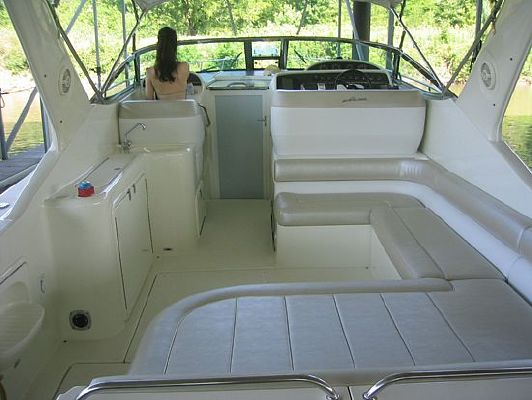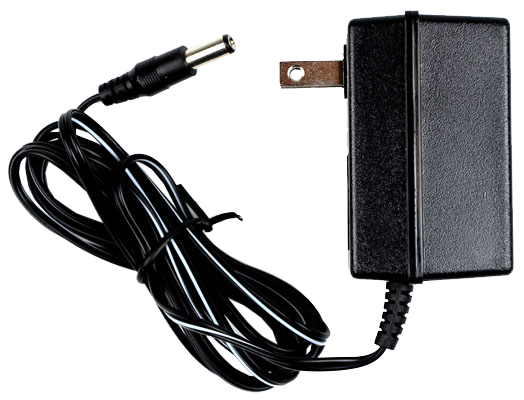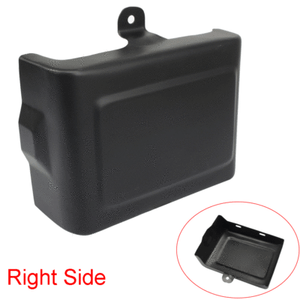
They commissioned a report by Physical Dynamics, which outlined possible uses of such a laser, including space-based weapons. By late 1976 they had all but given up on them. The Defence Advanced Research Projects Agency (DARPA) had been funding low-level research into high-frequency lasers since the 1960s. In 1974, the University of Paris-Sud announced lasing in an aluminium plasma created by a pulse of laser light, but, once again, the results were regarded sceptically by other labs. The announcement caused great excitement, but it was soon overshadowed by the fact that no other labs could reproduce the results, and the announcement was soon forgotten. This caused spots to appear on X-ray film in the direction of the layers and none in other directions. Researchers spread thin layers of copper atoms on microscope slides and then heated them with pulses from a neodymium glass laser. The first announcement of a successful X-ray laser was made in 1972 by the University of Utah. There were discussions of such devices as early as 1960, the year the first ruby laser was demonstrated. The conceptual basis of short-wavelength lasers, using X-rays and gamma rays, is the same as that of their visible-light counterparts. The project officially continued until 1992 when its last planned test, Greenwater, was cancelled.

Further tests revealed additional problems, and in 1988 the budget was cut dramatically. In a 60 Minutes interview in 1988, Teller attempted to walk out rather than answer questions about the lab’s treatment of a fellow worker who questioned the results. In 1987, the infighting became public, leading to an investigation on whether LLNL had misled the government about the Excalibur concept. This led to significant criticism within the US weapons laboratories. Teller and Wood continued to state the program was proceeding well, even after a critical test in 1985 demonstrated it was not working as expected. Researchers at Livermore and Los Alamos began to raise concerns about the test results. Further underground nuclear tests through the early 1980s suggested progress was being made, and this influenced the 1986 Reykjavík Summit, where Reagan refused to give up the possibility of proof-testing SDI technology with nuclear testing in space. These talks, combined with strong support from lobbyists at the Heritage Foundation, helped Reagan ultimately to announce the Strategic Defence Initiative (SDI) in 1983. After a successful test in 1980, in 1981 Teller and Lowell Wood began talks with US president Ronald Reagan about the concept. Hagelstein, both part of Edward Teller’s “O-Group” in LLNL. The basic concept behind Excalibur was conceived in the 1970s by George Chapline Jr. A single Excalibur would require dozens of ICBMs to take down, dramatically reversing the cost-exchange ratio that had previously doomed ABM systems. A single Excalibur contained up to fifty lasers and could potentially shoot down a corresponding number of missiles, with all of the warheads still onboard.


As a single ICBM could carry as many as a dozen warheads, dozens of defence missiles were required per attacking missile. Because the system would be deployed above the Earth’s atmosphere, the X-rays could reach missiles thousands of kilometres away, providing protection over a wide area.Īnti-ballistic missile (ABM) systems of the time only attacked the enemy nuclear warheads after they were released by ICBMs.

During an attack, the device would be detonated, with the X-rays released focused by each laser to destroy multiple incoming target missiles. The concept involved packing large numbers of expendable X-ray lasers around a nuclear device, which would orbit in space. Project Excalibur was a Lawrence Livermore National Laboratory (LLNL) Cold War-era research programme to develop an X-ray laser system as a ballistic missile defence (BMD) for the United States.


 0 kommentar(er)
0 kommentar(er)
